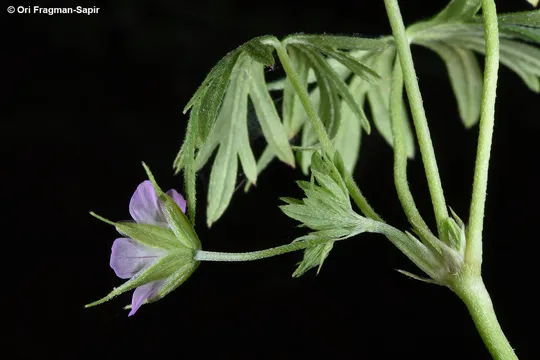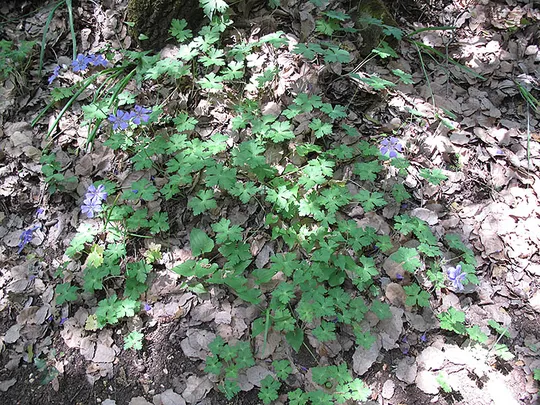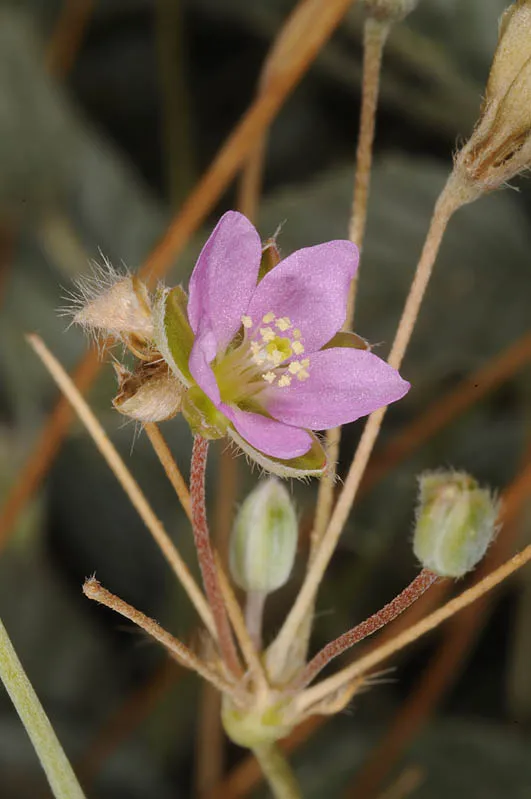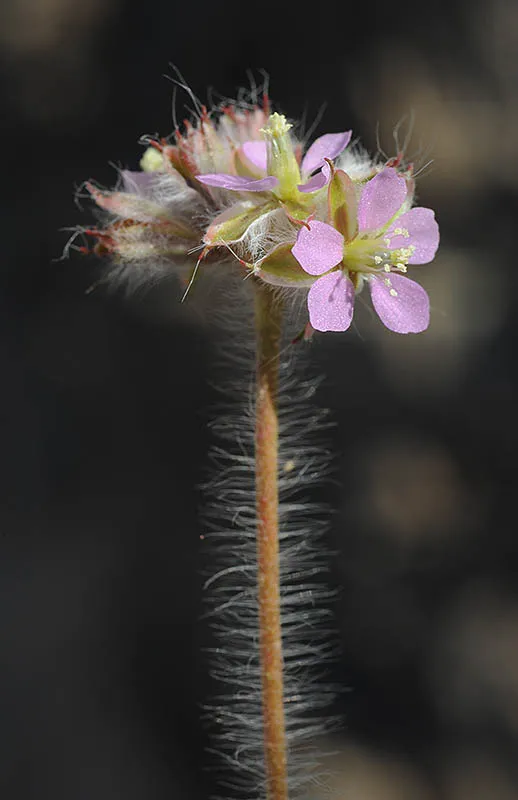Erodium subintegrifolium
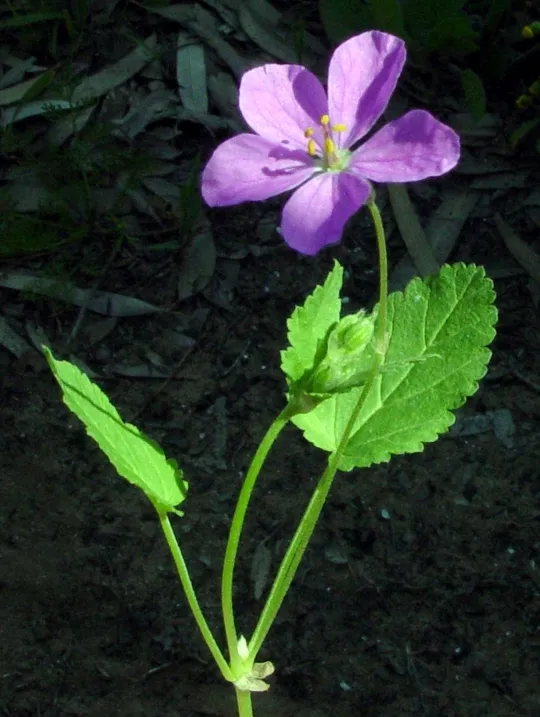

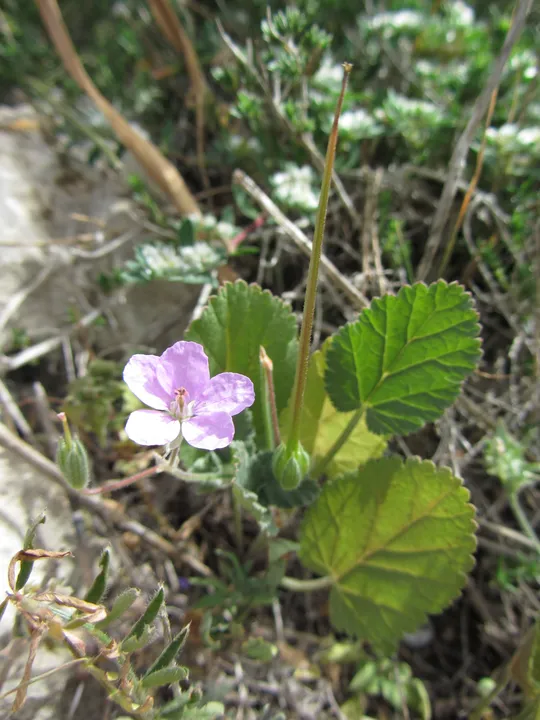
Erodium subintegrifolium grows mainly in
the Sharon and Pleshet regions and on several sites on the Carmel Coast. Overall,
it is found at about 100 sites. Its distribution is almost continuous in the Sharon
and Pleshet regions from Binyamina to Yad Mordehai. There is also a single
observation from Ruhama in the northern Negev. The species was recorded on the
Carmel Coast in the Dor area and in Ma’agan Mikhael.
Calcareous sandstone hills and sandy hamra and loam – in
a wide range of sandy soils.
The genus Erodium comprises 75 mostly Mediterranean species, whose
distribution also extends to nearby areas. There are 18 species in Israel. The
characteristic property of the genus is its fruit that is separated into five
mericarps containing one seed, which ends in a long beak. In dry conditions as
the fruit matures, the beak coils and the five mericarps separate and are dispersed
on the ground. When rain wets the fruit, the coils open and the mericarps drill
into the ground, prior to germination. E.
subintegrifolium belongs to the section Barbata that
is characterized by a beak that is not shed, by bristles along the beak and by
a groove under it. The closest species to it is E. laciniatum, which is
probably its source species; the local E. laciniatum populations on
the coastal plain may have undergone speciation (similar to Lupinus
palaestinus) to form the endemic species – Erodium subintegrifolium.
·
There has been no change over the
years in the number of regions in which Erodium subintegrifolium is found. Now, as in
the past the species is currently found in the Sharon, in Pleshet and on the
Carmel Coast. However, the number of sites has declined on calcareous sandstone
hills that are now located in urban areas or close to them, particularly in the
cities of the Tel Aviv Metropolitan area.
·
E. subintegrifolium usually grows in
populations comprising tens to hundreds of plants.
·
The main threat factor to E. subintegrifolium is the rapid
development, the construction and ongoing urban sprawl on the Coastal Plain.
·
E. subintegrifolium is now protected in
the following nature reserves in the Sharon: Tel Alon (Hirbat Tsherkes), Bitan Aharon,
Kadima, Wadi Poleg and Bney Tsion. It is not protected in reserves in any of
the other regions it is found.
A number of
reserves should be proposed along the coastal plain thus ensuring protection of
other Erodium
subintegrifolium populations.
The reserves are Harutsim North, the Iris Reserve in Netanya and Givat Homera
and Givat Bet Oved in Pleshet.
The plant is
endemic to Israel and does not grow in any other country.
Erodium subintegrifolium is an herbaceous annual of sandy, hamra and calcareous sandstone
soils on the coastal plain that is endemic to Israel. It is not extremely rare,
but has been included in the endangered species because of its endemism and the
extensive damage its habitat has suffered because of zoning changes and
accelerated urban expansion.
פולק, ג. 1984. מבחר צמחים אופיניים לחמרה וכורכר – מקור-חסידה תמים העלים. רתם 13, 142.
Current Occupancy Map
| 1000 squre meter pixel | 5000 squre meter pixel | 10000 squre meter pixel | |
|---|---|---|---|
| number of observations | 0 | 0 | 0 |
| in total pixels | 0 | 0 | 0 |
| Family | Geraniaceae |
| Classification | On the endangered species list |
| Ecosystem | Coastal area |
| Chorotype | Eastern Mediterranean |
| Conservation Site | Poleg Nature Reserve |
| Rarity |
1
1
6
|
|---|---|
| Vulnerability |
0
3
4
|
| Attractiveness |
0
2
4
|
| Endemism |
0
4
4
|
| Red number |
1
5.2
10
|
| Peripherality | 0 |
| IUCN category | DD EW EX LC CR EN VU NT |
| Threat Definition according to the red book | Endangered |
 Based on:
Based on:
